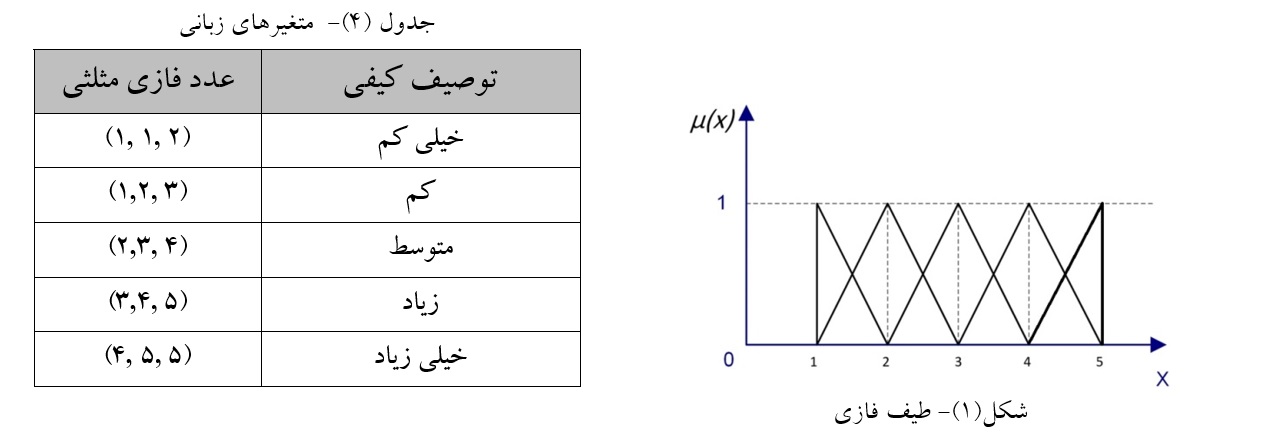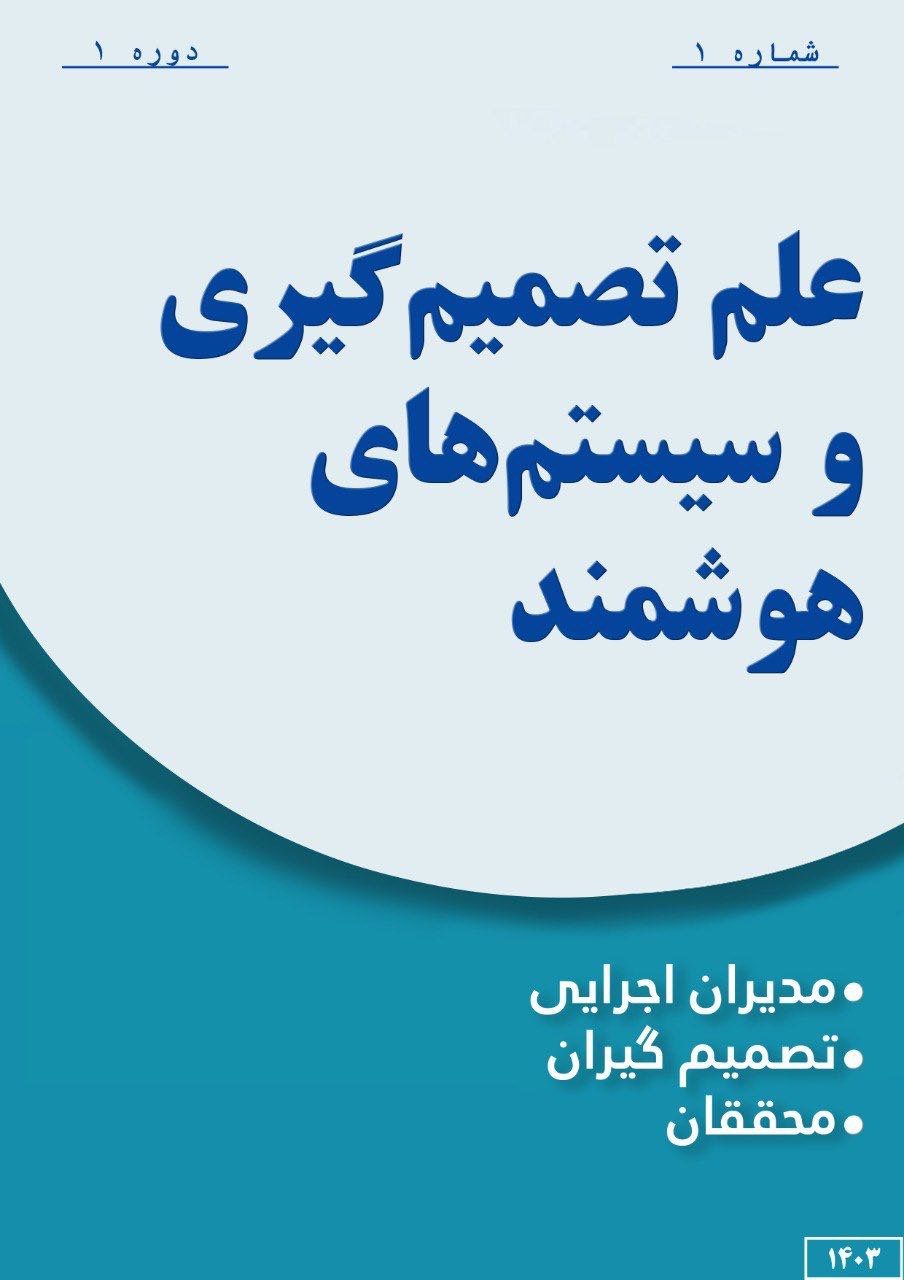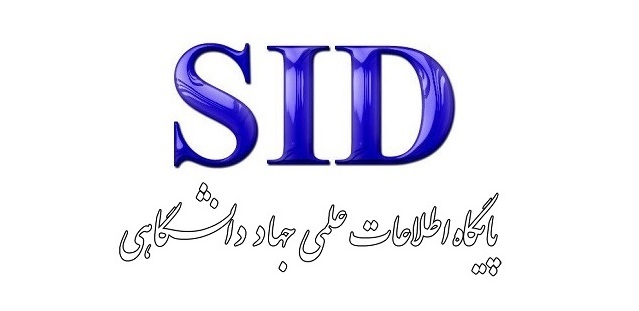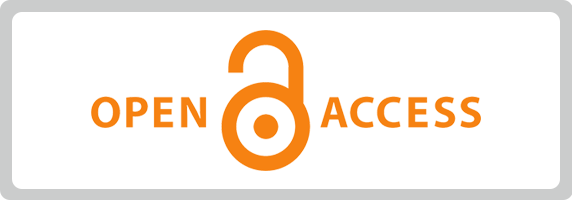مدل توسعه سیستم هوش تجاری بر پایه اهداف استراتژیک و فرآیندهای سازمانی
کلمات کلیدی:
هوش تجاری, داشبورد سازمانی, اهداف استراتژیک, شاخصهای کلیدی عملکرد, تکنیک دلفی, منطق فازیچکیده
هدف: این پژوهش با هدف ارائه مدلی نظام مند برای توسعه سیستم های هوش تجاری بر پایه اهداف استراتژیک و فرآیندهای سازمانی انجام شده است.
روش: این پژوهش از نوع توصیفی و جامعه آماری تحقیق را مدیران صنایع تولیدکننده پمپ و الکتروموتور تشکیل می دهد. پژوهش در سه مرحله برنامه ریزی و اجرا گردید، در مرحله نخست، اهداف استراتژیک سازمان از نظر امکان مشارکت در سیستم های هوش تجاری مورد ارزیابی قرار گرفتند. برای این ارزیابی، از چهار معیار اصلی برگرفته از پژوهش پیشین و از روش آماری آنتروپی شانون استفاده گردید و امکان مشارکت هر یک از اهداف در سیستم هوش تجاری، سنجیده شد. ابتدا وزن معیارها محاسبه و سپس امتیاز اهداف تعیین شد. اهداف با امتیاز بالاتر از 0.8 ، بهعنوان گزینههای مناسب برای مشارکت در طراحی (BI) انتخاب شدند. در مرحله دوم، ماتریسی طراحی شد تا تأثیر گروههای فرآیندی بر اهداف منتخب بررسی شود. در این مرحله بدلیل عدم قطعیت در دادهها، تحلیل اطلاعات با بهرهگیری از منطق فازی انجام گرفت. در نتیجه این تحلیل، فرآیندهای اثرگذار بر اهداف استراتژیک استخراج شدند. در مرحله سوم، شاخصهای کلیدی عملکرد (KPI) مرتبط با فرآیندها و اهداف منتخب شناسایی شدند. سپس با استفاده از تکنیک دلفی و طی پنج مرحله ، شاخصهای مؤثر انتخاب گردیدند.
یافته ها: یک چارچوب عملیاتی برای طراحی سیستم هوش تجاری همتراز با اهداف استراتژیک و فرآیندهای سازمانی ارائه گردید.
نتیجه گیری: با شناسایی اهداف قابل پشتیبانی توسط هوش تجاری و بهکارگیری متدولوژی پیشنهادی، امکان پایش تحقق اهداف استراتژیک فراهم شده به ارتقاء بهرهوری سازمان میانجامد.
مراجع
Amin-Eshaeri, A. (2024). Evaluation of business intelligence and analytics in management accounting research. Journal of New Research Approaches in Management and Accounting, 8(92), 2315–2331.
Armstrong, G., & Kotler, P. (2015). Marketing: An introduction (12th ed.). Pearson.
Armstrong, M. (2014). Armstrong's handbook of human resource management practice (13th ed.). Kogan Page.
Brigham, E. F., & Ehrhardt, M. C. (2016). Financial management: Theory & practice (15th ed.). Cengage Learning.
Brigham, E. F., & Houston, J. F. (2016). Fundamentals of financial management (14th ed.). Cengage Learning.
Christopher, M. (2016). Logistics & supply chain management (5th ed.). Pearson.
Drury, C. (2013). Management and cost accounting (9th ed.). Cengage Learning.
El-Adaileh, N. A., & Foster, S. (2019). Successful business intelligence implementation: A systematic literature review. Journal of Work-Applied Management, 11(2), 121–132.
Goel, K., Bandara, W., & Gable, G. (2023). Conceptualizing business process standardization: A review and synthesis. Schmalenbach Journal of Business Research, 75, 195–237. https://doi.org/10.1007/s41471-023-00158-y
Golestani Zadeh, M., Etebarian, A., Naghsh, A., & Ebrahimzadeh, R. (2023). Presenting a model to assess the maturity level of business intelligence in e-businesses (Case study: Internet service providers). Industrial Management Studies, 21(68), 241–287.
Harfoush, B., El-Gayar, O. F., & Mansoura, N. (2024). Critical success factors for BI systems implementation and delivery: A systematic literature review. International Journal of Business Intelligence Research, 15(1), 1–22.
Hashemi, S. A., Alodari, H., Darei, M., & Razini, R. (2017). Designing a model for evaluating the development of organizational dashboards based on business intelligence logic in organizations. Smart Business Management Studies Journal.
Heizer, J., & Render, B. (2017). Operations management: Sustainability and supply chain management (12th ed.). Pearson.
Hopp, W. J., & Spearman, M. L. (2008). Factory physics (3rd ed.). McGraw-Hill Education.
Horngren, C. T., Sundem, G. L., & Elliott, J. A. (2008). Introduction to financial accounting (9th ed.). Pearson Prentice Hall.
Kabassi, K. (2021). Comparing multi-criteria decision-making models for evaluating environmental education programs. Sustainability, 13(20), 11220.
Kavianinia, F., Taghizadeh, H., & Heydari, S. A. (2023). Designing a developmental model of a management dashboard in the administrative automation system of Tejarat Bank.
Kotler, P., & Keller, K. L. (2016). Marketing management (15th ed.). Pearson.
Maghsoudi, M., & Nezafati, N. (2023). Navigating the acceptance of implementing business intelligence in organizations: A system dynamics approach. Telematics and Informatics Reports, 11, 100070.
Martins, A., Bianchi de Aguiar, M. T., Sambento, M., & Branco, M. C. (2024). Business intelligence system adoption and the leveraging of reporting process capabilities. Journal of Accounting & Organizational Change.
Martins, N., Martins, S., & Brandão, D. (2022). Design principles in the development of dashboards for business management. In D. Raposo, J. Neves, & J. Silva (Eds.), Perspectives on design II (Springer Series in Design and Innovation, Vol. 16). Springer. https://doi.org/10.1007/978-3-030-88638-0_8
Mathrani, A., Wickramasinghe, S., & Jayamaha, N. P. (2022). An evaluation of documentation requirements for ISO 9001 compliance in scrum projects. The TQM Journal, 34(5), 901–921. https://doi.org/10.1108/TQM-08-2020-0177
Monczka, R. M., Handfield, R. B., Giunipero, L. C., & Patterson, J. L. (2015). Purchasing and supply chain management (6th ed.). Cengage Learning.
Moradi, H. (2024). Investigating the relationship between the use of business intelligence and improvement of decision-making quality (Case study: Employees of Bank Melli, Kerman). Proceedings of the 7th International Conference on Management and Industry, 68–77.
Noohi, T., Taghizadeh, H., & Tari, G. (2025). A model for evaluating organizational strategic goals based on establishing business intelligence systems. Entrepreneurship and Innovation Research, 4(1), 1–13.
Nouri, N., Nezafati, N., & Motadel, N. (2021). Designing strategic management dashboards using the QFD approach (Case study: National Iranian Oil Company). Strategic Studies in Oil and Energy Industry Quarterly, 13(49), 1–19.
Pahl, G., & Beitz, W. (2013). Engineering design: A systematic approach (3rd ed.). Springer.
Pokhrel, J., & Awasthi, A. (2021). Effectiveness of dashboard and intervention design. In M. Sahin & D. Ifenthaler (Eds.), Visualizations and dashboards for learning analytics (Advances in Analytics for Learning and Teaching). Springer.
Ross, S. A., Westerfield, R., & Jordan, B. D. (2019). Essentials of corporate finance (10th ed.). McGraw-Hill.
Scheithauer, G., & Hellmann, S. (2013). Analysis and documentation of knowledge-intensive processes. In Business process management workshops (pp. 15–30). Springer. https://doi.org/10.1007/978-3-642-36285-9_2
Schiffman, L. G., & Kanuk, L. L. (2010). Consumer behavior (10th ed.). Pearson.
Schroeder, R. G. (2014). Operations management: Contemporary concepts and cases (6th ed.). McGraw-Hill Education.
Shiau, W. L., Chen, H., Wang, Z., & Dwivedi, Y. K. (2023). Exploring core knowledge in business intelligence research. Internet Research, 33(3), 1179–1201.
Stevenson, M., & Hendry, L. C. (2006). Aggregate load-oriented production planning: A review and comparison of selected approaches. International Journal of Production Economics, 104(2), 676–693.
Stevenson, W. J. (2015). Operations management (13th ed.). McGraw-Hill.
Tidd, J., & Bessant, J. (2014). Innovation and entrepreneurship (3rd ed.). Wiley.
Tiwari, R., Buse, S., & Herstatt, C. (2018). Integrating analytics in enterprise systems: A systematic literature review of impacts and innovations. Business & Information Systems Engineering, 60(3), 225–242.
Ulrich, K. T., & Eppinger, S. D. (2015). Product design and development (5th ed.). McGraw-Hill.
Vatan, E., Raeisi Ardali, G., & Shahin, A. (2022). Presenting an integrated model for selecting business information systems development methodologies with an organizational culture approach (Case study in the steel industry). Production and Operations Management Research, 13(4), 111–131.
Wisner, J. D., Tan, K. C., & Leong, G. K. (2016). Principles of supply chain management: A balanced approach (4th ed.). Cengage Learning.

دانلود
چاپ شده
ارسال
بازنگری
پذیرش
شماره
نوع مقاله
مجوز
حق نشر 2025 طاهر نوحی, هوشنگ تقی زاده, غفار تاری (نویسنده)

این پروژه تحت مجوز بین المللی Creative Commons Attribution-NonCommercial 4.0 می باشد.





